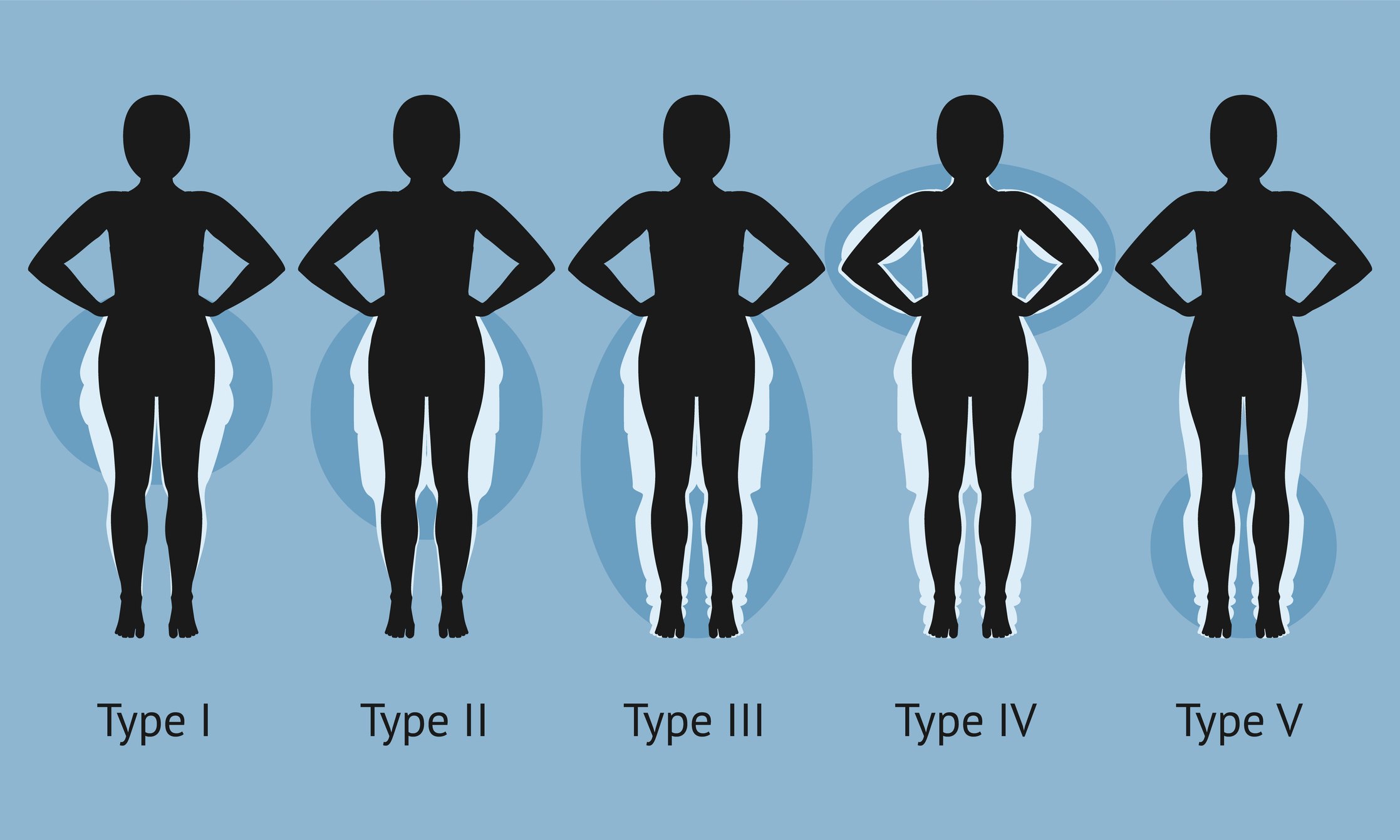Lipedema is a chronic medical condition characterized by the symmetric enlargement of the legs due to deposits of fat beneath the skin. It primarily affects women and is often misdiagnosed as simple obesity or lymphedema. It can also occasionally affect the arms.
Lipedema progresses through various stages characterized by increasing amounts of abnormally distributed fat and other changes in the skin and tissue. They are generally classified as:
Stage 1
The skin is smooth, but there is an increased amount of evenly distributed fat.
Stage 2
The skin becomes uneven, with fatty bulges, and there may be the development of lipomas (benign fatty tumors).
Stage 3
Large protruding fatty lobules lead to substantial deformity, and mobility can become increasingly limited.

Despite the above insights, the exact cause of lipedema remains unknown. It's a complex condition likely resulting from a combination of genetic, hormonal, and environmental factors. Early diagnosis and management are essential as lipedema can lead to pain, swelling, and mobility issues if untreated.
Lipedema is a chronic condition, and while there is no cure, several treatments can help manage symptoms, reduce complications, and improve the quality of life for affected individuals. The goals of treatment are to reduce pain, prevent progression, improve lymphatic flow, and address cosmetic concerns. Here are some of the primary treatments and management strategies:
Regular check-ups with healthcare providers familiar with lipedema are essential. Early diagnosis and intervention can significantly improve outcomes and quality of life for those with the condition. If someone suspects they have lipedema, they should seek evaluation by a physician experienced in recognizing and treating the disorder.
Liposuction for lipedema aims to remove the abnormal fat deposits associated with the condition. It's essential to use techniques that preserve the lymphatic vessels to avoid causing or worsening lymphedema. Several types of liposuction are considered effective and safe for individuals with lipedema, and Dr. Khalifeh will discuss with you his recommendation based on the location. He will usually treat lipedema with tumescent or PAL lipo, and avoid the use of lasers and ultrasound-assisted because of the need to preserve the lymphatics.
1. Tumescent Liposuction:
2. Water-Assisted Liposuction (WAL):
3. Power-Assisted Liposuction (PAL):
4. Ultrasonic-Assisted Liposuction (UAL):
5. Laser-Assisted Liposuction (LAL or SmartLipo):
6. Suction-Assisted Liposuction (SAL):
When considering liposuction for lipedema, it's crucial to consult with a surgeon experienced in treating lipedema patients and who does a lot of liposuction, such as Dr. Khalifeh. They can provide guidance on the most suitable technique for an individual's specific case and ensure that the procedure is performed safely. It's also essential to remember that while liposuction can alleviate many symptoms of lipedema, it's not a cure for the underlying condition. Regular follow-up and continued management are necessary.

Dr. Khalifeh has been performing liposuction for many years, before lipedema became recognized. he often got patients with extremity pain and difficulty walking who he treated with liposuction over the years, and now he is committed to providing this helpful therapy to more lipedema patients. He attends conferences on the subject to provide patients with a high level of expertise. He offers both awake (smaller volume/staged treatments) and asleep in hospital (higher volume) treatments.
Dr. Khalifeh will be attending the First World Congress on Lipedema in Potsdam, Germany as he was invited there by the growing colleagues around the country that treat lipedema and who are involved in research on the subject.
